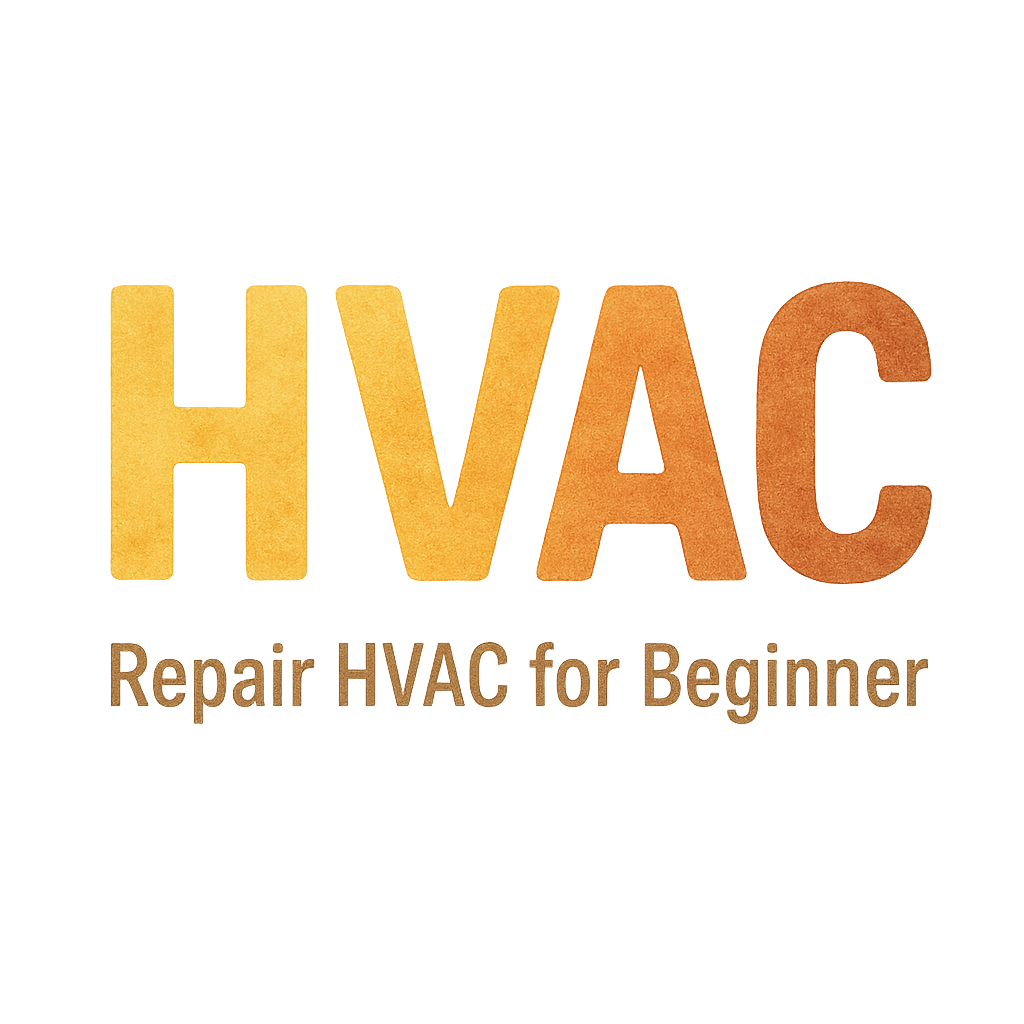Introduction to HVAC Electrical Connections
Maintaining your HVAC unit isn’t just about cleaning filters or topping up refrigerants. One of the most critical aspects of keeping your system in top shape is ensuring that the electrical connections are in good condition. These components power the entire system, and if something goes wrong, your HVAC could malfunction or even cause a safety hazard.
In this article, we’ll share 10 essential tips for checking your HVAC unit’s electrical connections, from simple inspections to more advanced troubleshooting. These steps will help you keep everything running smoothly, prevent costly repairs, and improve the safety and efficiency of your HVAC system.

Why Checking Your HVAC Unit’s Electrical Connections Is Important
Your HVAC system relies heavily on electrical connections to run properly. Faulty wiring or loose connections can lead to poor performance or even complete failure of your system. Understanding how to inspect and maintain these connections can not only extend the life of your HVAC unit but also keep it operating at optimal efficiency. If you’re new to HVAC systems, this guide on HVAC basics for beginners might help you get started.
Tip 1: Understand the Basics of HVAC Electrical Systems
Before diving into any electrical checks, it’s important to understand the basics of your HVAC system’s electrical components. Knowing what’s involved will help you spot potential problems early.
What Are the Key Components of an HVAC Electrical System?
The electrical system in your HVAC includes wiring, relays, circuit boards, capacitors, and more. Each part plays a role in ensuring that your system runs smoothly.
- Wiring carries electricity to various parts of your HVAC unit.
- Relays switch the electrical current on and off to different components.
- Circuit boards control the system’s overall operation.
- Capacitors store electrical energy to help the motor start.
If you’re unsure about how to recognize these components, you can visit this page on HVAC tools and equipment for more details.
Tip 2: Always Power Off the Unit Before Inspection
Safety should always be your top priority when working with electricity. Always power off your HVAC system before checking any electrical components.
Safety First: How to Turn Off Power Properly
To turn off your HVAC unit safely, locate the main power switch, or disconnect the power at the breaker box. This will ensure that you don’t risk electrical shock while inspecting or working on the system.
Steps to Disconnect Power Safely
- Set your thermostat to the “off” position.
- Flip the breaker that powers your HVAC unit to the “off” position.
- Double-check that the unit is completely powered down by inspecting its display or lights.
If you want to learn more about safe practices for HVAC maintenance, check out our HVAC maintenance checklist.
Tip 3: Check for Visible Signs of Damage
Once the power is off, it’s time to inspect your HVAC unit for any visible damage to the electrical components.
Inspecting Wires and Connections for Wear and Tear
Look for exposed wires, frayed insulation, or loose connections. These can create a short circuit or even cause an electrical fire.
What to Look for: Burn Marks, Fraying, and Corrosion
- Burn marks: Indicate overheating or a short circuit.
- Frayed wires: Could expose live wires to moisture or debris.
- Corrosion: Rust or tarnishing of connections that can lead to poor electrical flow.
If you spot damage like this, it’s essential to replace the parts immediately. You can find more information on common HVAC problems and solutions on our HVAC troubleshooting page.
Tip 4: Test the Voltage Using a Multimeter
A multimeter is a simple yet powerful tool for diagnosing electrical issues in your HVAC system. By testing the voltage, you can verify whether the electrical components are receiving the correct power.
How to Measure Voltage in Your HVAC System
- Set your multimeter to AC or DC voltage (depending on your system’s configuration).
- Test the terminals on components like the capacitor, circuit board, or motor.
- Compare the readings with the manufacturer’s recommended voltage levels.
Testing the voltage is essential for confirming that the system is operating efficiently. For more in-depth information on electrical testing, check out our HVAC system diagnosis page.
Why Measuring Voltage is Critical for HVAC Performance
Proper voltage ensures that your system components, like the blower motor and compressor, are getting enough power to operate at peak efficiency. If the voltage is too high or too low, it could damage your components or cause them to underperform.
Tip 5: Inspect the Breaker Box and Fuses
Your breaker box and fuses are essential for protecting your HVAC system from overloads. If these parts are damaged or not working correctly, it could put your system at risk.
Why Your Breaker Box Is Key to Preventing Overload
The breaker box monitors your HVAC unit’s power supply. If an overload occurs, the breaker trips to protect the system from damage.
How to Identify Tripped Breakers and Faulty Fuses
Check for any breakers that are in the “off” position or fuses that show signs of burning. If necessary, reset the breaker or replace the fuse.
For more guidance on how to troubleshoot your HVAC unit’s electrical system, visit our troubleshooting and repair page.
Tip 6: Ensure Proper Grounding of Electrical Components
Proper grounding of electrical components in your HVAC system is crucial for safety. Grounding helps prevent electrical surges and reduces the risk of electric shock.
Grounding and Its Importance in HVAC Electrical Safety
Grounding allows excess electricity to flow safely into the earth rather than back into the system. If your HVAC system isn’t properly grounded, it could cause malfunctions or even fires.
How to Check for Grounding Issues
Use a grounding tester to check if your system is properly grounded. If you detect grounding issues, it’s best to call a professional to resolve them. Learn more about electrical safety here.
Tip 7: Look for Loose or Corroded Terminals
Loose or corroded terminals are another common problem that can affect the functionality of your HVAC system.
Why Loose Connections Can Lead to System Failures
When terminals are loose, they can cause intermittent power supply to vital components like the motor or compressor. Over time, this can cause them to overheat or fail altogether.
How to Tighten Loose Terminals Without Causing Damage
Use a screwdriver to gently tighten the terminal connections, but be careful not to overtighten them, as this could damage the wire or the terminal itself.
Tip 8: Check the Condenser and Compressor for Electrical Issues
Electrical problems in the condenser or compressor can drastically reduce your HVAC system’s performance or even cause it to fail.
Identifying Electrical Problems in the Condenser and Compressor
Look for overheating signs or damaged wires. If the condenser or compressor isn’t getting the proper voltage, it won’t work efficiently, and the system may fail to cool or heat properly.
For detailed troubleshooting tips, be sure to visit our HVAC troubleshooting repair page.
Tip 9: Verify the Thermostat’s Wiring and Connections
A faulty thermostat can affect the entire HVAC system. If the thermostat is malfunctioning, it could cause the system to run inefficiently or not at all.
Why a Faulty Thermostat Can Impact HVAC Performance
The thermostat controls the temperature and tells the HVAC system when to start or stop. If it’s not wired correctly or if it’s malfunctioning, it could lead to temperature fluctuations or system breakdowns.
Inspecting the Thermostat Wiring
Look for loose or frayed wires. Ensure that all connections are secure, and the thermostat is communicating properly with the HVAC system. If you’re unsure about how to diagnose thermostat issues, check out our common thermostat problems page.
Tip 10: Consult a Professional if Necessary
Sometimes, electrical issues can be complicated and require expert intervention. Don’t hesitate to call a licensed HVAC technician if you encounter a problem beyond your capabilities.
When to Seek Expert Help for Your HVAC Electrical Problems
If you’re unsure about diagnosing electrical issues, or if you feel uncomfortable handling them yourself, it’s always a good idea to consult a professional. A technician can perform a detailed inspection and ensure your system is safe and functioning correctly.
Conclusion
Regularly checking your HVAC unit’s electrical connections can save you money, improve system efficiency, and most importantly, keep your home safe. By following these 10 tips, you can identify and address potential issues before they become major problems.
If you’re unsure or need expert help, don’t hesitate to consult a professional technician. Your HVAC system deserves the best care!
FAQs
- Why is it important to check the electrical connections in my HVAC unit?
- How often should I inspect my HVAC unit’s electrical system?
- Can I perform HVAC electrical inspections myself, or should I call a professional?
- What are the most common signs of electrical problems in an HVAC system?
- How do I test voltage in my HVAC unit?
- What should I do if I find a damaged wire in my HVAC system?
- How do I ensure my HVAC system is properly grounded?


